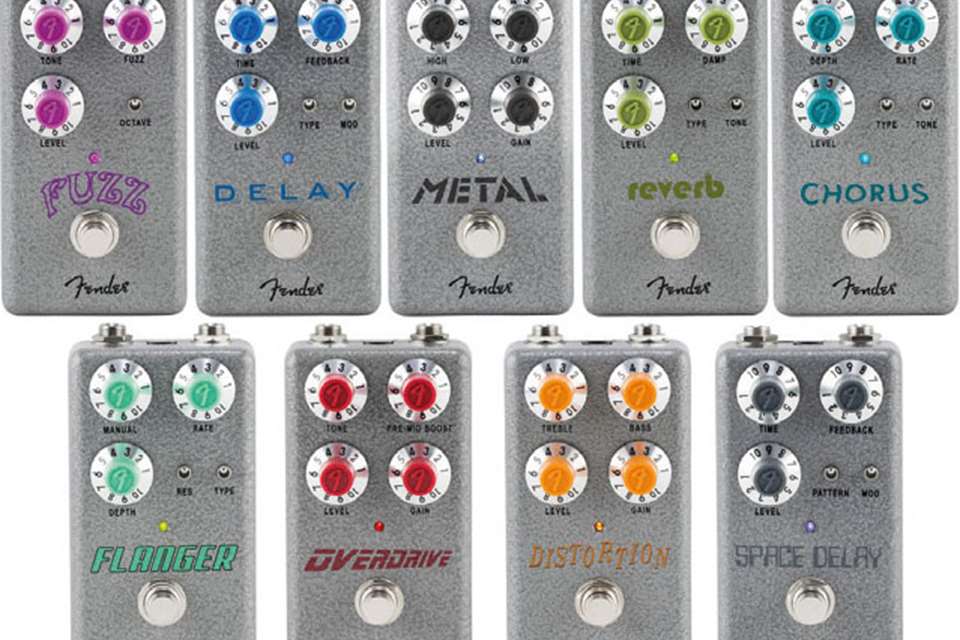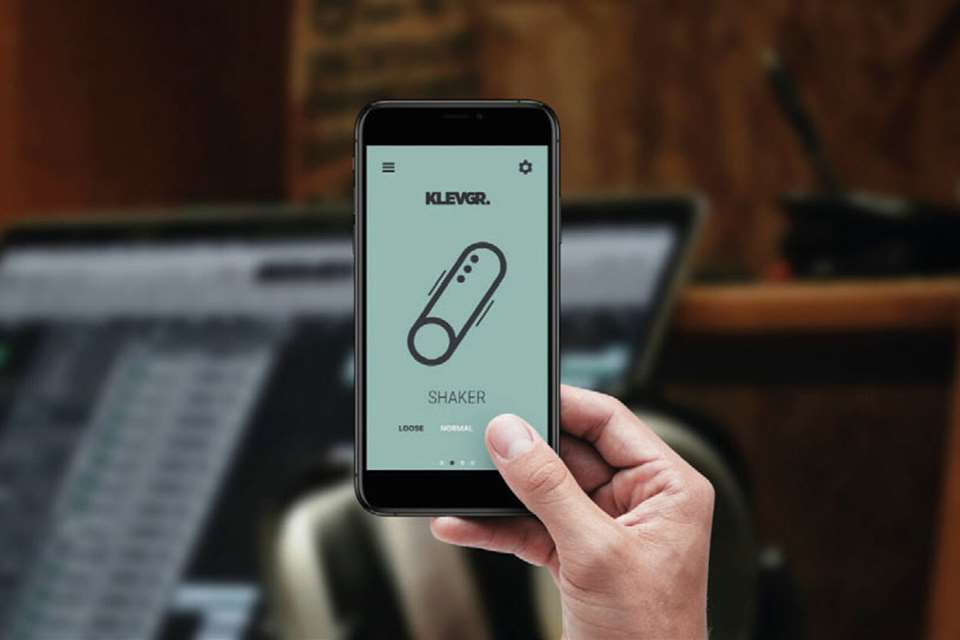Tech Reviews: Music theory apps
Dale Wills
Sunday, January 1, 2023
Dale Wills takes a look at a selection of music theory apps for your students.

Carballo / Adobe Stock
There is an increasingly impressive array of teaching resources available to us these days in the form of apps, websites, online resources and multimedia content. And I, like I suspect most of you, am completely rubbish at utilising them. This technological malaise is not the result of some deep-seated technophobia, lack of familiarity with the range of materials out there, or some fundamental disagreement with the content of online courses. Rather, I indulge myself in the self-punishing practice that if I am not standing at the head of a class, board marker in hand, I am not doing my job properly.
With much of my teaching practice, this approach works. I deliver and monitor learning, before setting learners off on a task to apply their new knowledge and offer feedback on the results. It's a methodology which I suspect most of us fall back on for the majority of our work.
The one area where I have found this approach to be less than satisfactory is in delivering music theory. The issue is quite simply one of differentiation. My learners come into the room with vastly different levels of experience and knowledge, different learning-gaps, and fundamental differences in the application of their knowledge. A singer, a guitarist and a pianist will all have fundamentally different understandings of, for example, the circle of fifths.
In the quest for differentiation, and trying to meet my learners' needs, I have pulled on several different music theory platforms over the years. What follows is an overview and review of some of the products that have stood out.
ABRSM Theory Trainer
The first step on our journey is the app from ABRSM. Released in 2019, with an ever-evolving list of material, the app supports the learner on the journey from Grade 1 through to Grade 5, in discrete sections. The app has a clear interface and intuitive design, allowing learners to jump into their learning journey without much introduction. ABRSM's site does recommend tablet rather than phone, due to the screen size, although the phone interface is perfectly workable for most applications.
The learner works through each section cumulatively in order to unlock the next, although each grade can be approached independently of one another. Each section begins with a brief overview of the knowledge and skills required, before segueing into a series of exercises designed to apply the knowledge. The app offers feedback on each response in real time and offers the learner the opportunity to retry any questions they found particularly difficult.
As might be expected from ABRSM, the content is carefully scaffolded and arranged sequentially, requiring learners to build on previous knowledge. What's included is clear, and generally self-explanatory, requiring very little external support. As a result, this is very much a self-directed learning approach, with limited facility as a course leader to oversee and offer external feedback on the submissions. It lends itself nicely to a hybrid approach, supporting asynchronous directed learning time (or, as my students prefer, homework).
The only other minor grumbles are the lack of a zoom facility, which excludes some learners and makes life difficult for others with some of the more detailed displays – even on a relatively larger tablet. I was also hoping for more multimedia content, although with the frequent additions, I have no doubt that this library will continue to expand.
Learning Music from Ableton
It will not surprise regular readers to hear that I'm a big fan of Ableton's interactive Learning Music course. At the opposite end of the spectrum to the formality of ABRSM's syllabus, this is very much a practical music-making course, delivered via the DAW.
Launched in 2018, this platform has been a starting point for many of my learners, who would otherwise not connect with the abstract nature of theory tuition. The course is designed to be delivered in three weeks, and takes users through the fundamentals of rhythm, pitch, harmony, structure and notation whilst also introducing Ableton's basic functionality.
The website supports embedded DAW functionality, meaning that there is no requirement to download Ableton or a similar DAW to complete the course. The design of the site is comprehensive and remarkably clear, engaging learners with a range of functionality.
As a free and comprehensive introduction to music theory, this has provided a useful starting point for younger students. It's also an accessible introduction for Level 3 students with limited prior experience of studying theory.
LightNote
For an equally accessible, but slightly more formal introduction to the rudiments of music theory, LightNote provides one of the most attractive starting points.
The site utilises a range of multimedia content, including interactive notation displays, with integrated colour coding. I particularly like the introduction to harmony, which offers learners audio clips of melodies harmonised in different ways, probing the young musician to explore why one approach is more successful than another. Building up aesthetic analysis should be right at the heart of music theory tuition, but in practice it seldom is.
Again, the content is not particularly deep, covering fundamentals only, but the result makes a useful and engaging introduction to the world of theory for young learners, while still engaging and challenging later years students.
My Music Theory
For learners looking for more comprehensive content, My Music Theory offers a range of courses tailored to ABRSM, Trinity, GCSE and A Level and AP courses. In addition to multimedia and interactive content via both web page and app, My Music Theory has also produced a range of physical books designed at supporting a range of learners on a highly personalised journey.
The brainchild of clarinettist and pianist Victoria Williams, the site has grown from a resource for passing Grade 5 theory into a web of interconnected and dynamic journeys.
The content is much more clearly and thoroughly explained and contextualised than equivalent material at this level, particularly in the later stages. Williams not only explains the structure of, for example, a diminished seventh chord, but the function and context, with detailed examples of the use of the function. In particular, there are precious few resources to support learning at A Level and post Grade 5, and this portfolio is a most welcome addition to the marketplace.
Music Theory Pro
This relative powerhouse on the market has been receiving rave reviews from staff and students alike. Although leading up to the ABRSM Grade 5 syllabus, the range of interactive questioning approaches, intuitive design, and its holistic approach to aural and theory training have proven popular with users.
Like the ABRSM's own app, this platform has been designed with the iPad in mind and no solution for non-mac users available at present.
The interface presented some issues on smaller screens, with answers and information difficult to key in. Explanations were clear and concise, with a range of exemplar content available.
Music Matters
Finally, for a more formal approach Gareth Green offers a video tutorial course from Music Matters. Green has created an impressive series, including videos covering the ABRSM Grades 1–8 syllabi.
Whether you're looking to take the ABRSM syllabus or not, the Grades 1–5 courses are a great foundation for every any classroom learner. Green provides explanations for each topic in great detail, with written examples, and supports these with live keyboard examples, allowing the learner to contextualise each concept in real musical terms.
Each grade is available either individually or as a bundle with an impressive discount. You also get lifetime access to the videos, and can watch them from anywhere. The platform is great, making it easy to track your progress.
Although less interactive and multimedia than others, there is something about the slightly more traditional approach which resonates with students.
Find a helpful glossary of terms used in our music tech reviews here.








